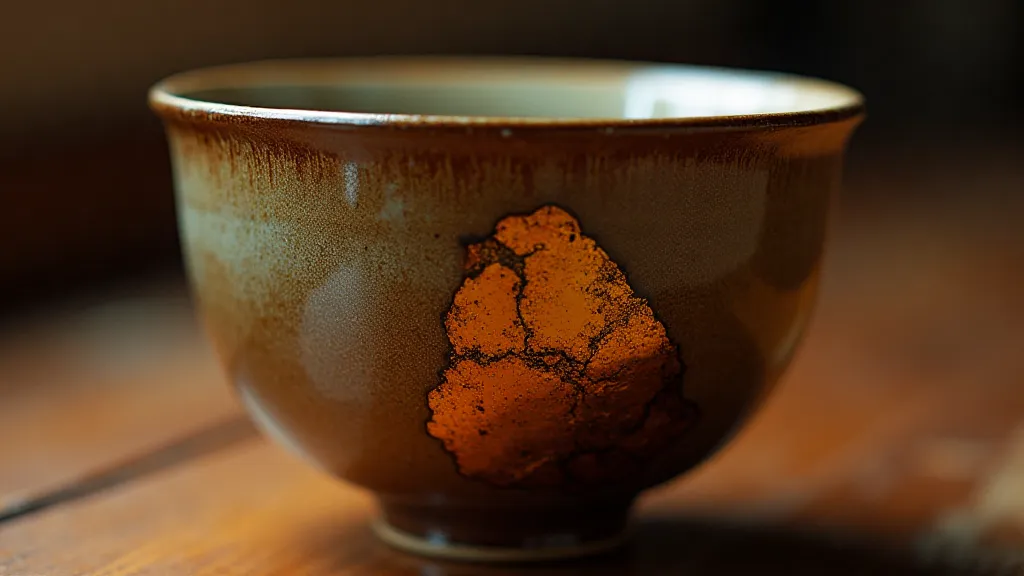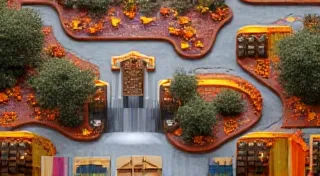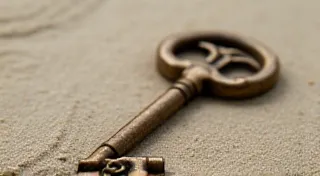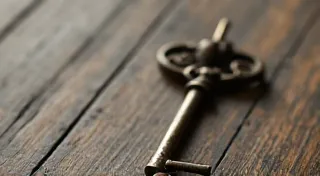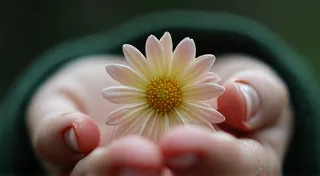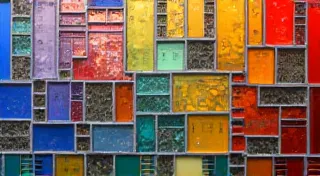The Silence of the Join: Unspoken Truths in Character Relationships
Kintsugi. The word itself feels like a whisper, a reverence for imperfection. It’s the Japanese art of repairing broken pottery with gold, lacquer, and sometimes silver or platinum. More than just a method of restoration, it's a philosophy, a visual metaphor for embracing flaws and finding beauty in damage. We learn the craft, the meticulous layering of materials, the careful joining of fractured pieces. But what if we looked beyond the technical skill and considered Kintsugi as a potent representation of human connection – the unspoken truths and hidden dynamics residing in the spaces between people?
My own fascination with Kintsugi began, oddly enough, not with pottery, but with antique accordions. My grandfather, a melancholic and largely silent man, collected them. Each one was a story of travel, of music played in dimly lit cafes, of laughter and perhaps, a deep, abiding sadness. He never spoke of these stories; the accordions themselves were his narrative. Many were broken, keys missing, bellows cracked. He'd attempt repairs, painstakingly re-gluing bellows, painstakingly fitting replacement keys. He wasn't aiming for a pristine, factory-fresh instrument. He accepted the breaks, the scars, as integral to their history and character.
He’s gone now, but I remember the feel of those accordions – the smooth wood, the cold metal, the lingering scent of dust and old glue. Looking back, I understand that his attempts at repair weren't simply about restoring the instrument’s functionality. They were acts of tenderness, an unspoken attempt to mend something, perhaps something within himself. The cracks weren't erased; they were highlighted, celebrated even, as evidence of a life lived, a story told without words.
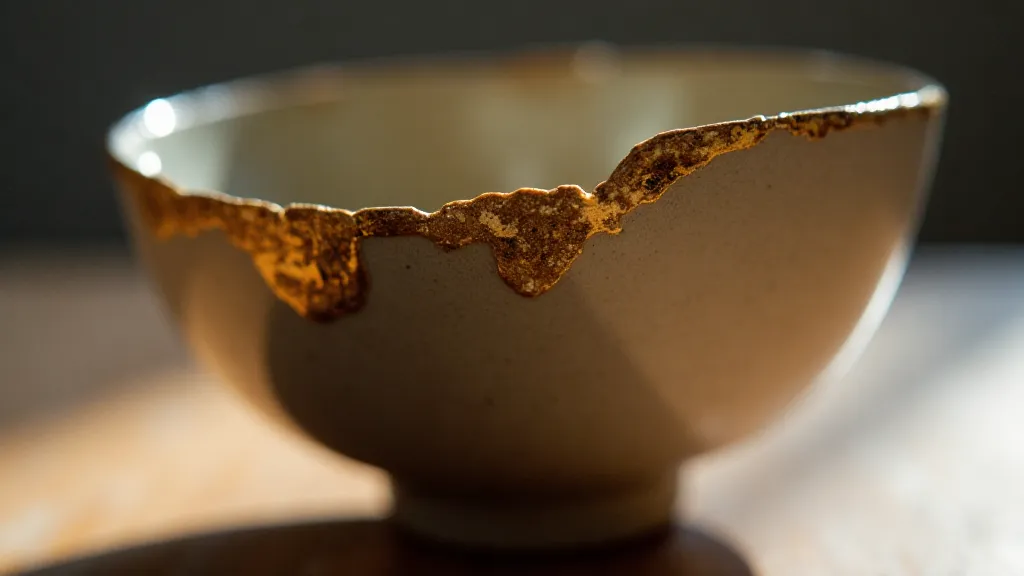
The Philosophy Behind the Golden Seam
Kintsugi, literally meaning “golden joinery,” has its roots in the 15th century, reportedly stemming from a shogun, Ashikaga Yoshimasa, who broke his favorite tea bowl and sent it back to China for repair. Unsatisfied with the attempts to disguise the damage, he requested a method that would embrace the cracks, showcasing them as a testament to the object’s history. The resulting technique, developed by Japanese artisans, transformed what could have been considered a ruined piece into something uniquely valuable.
This philosophy stands in stark contrast to many Western repair methods, which often prioritize seamless restoration, a desire to return the object to its original, “perfect” state. Kintsugi, however, elevates the damage, acknowledging the experience of breakage as an integral part of the object’s narrative. It acknowledges that something broken can still be beautiful, even more so than before. This resonates deeply with the human experience, don't you think? Our relationships, like these pottery pieces, inevitably endure cracks and breaks – misunderstandings, betrayals, loss.
Imagine two friends, once inseparable, now drifting apart. The space between them isn't a clean break, but a web of unspoken resentments, unacknowledged fears, and a shared history of laughter and pain. Trying to force a seamless reconciliation, to pretend the distance never existed, would be akin to sanding down the cracks in a Kintsugi bowl. The truth of their shared past would be erased, but the underlying tension would remain, festering beneath the surface.
The Unspoken Dynamics in the Gaps
The true artistry of Kintsugi isn't just about the application of gold; it's about understanding the significance of the joins themselves. The spaces where the broken pieces meet are not merely structural necessities; they are visual representations of the healing process, the commitment to rebuilding, the acknowledgment of fragility.
Consider a parent and child relationship fractured by years of misunderstanding. The attempts at communication are stilted, guarded. The "golden join" isn’t a straightforward connection. It’s a hesitant, fragile bridge built across a chasm of unspoken grievances. It requires vulnerability, honesty, and a willingness to accept the imperfections on both sides. The golden lines aren't hiding the cracks; they are illuminating the effort required to maintain the connection.
Sometimes, the gold itself isn’t enough. A deeply entrenched resentment, a wound that refuses to heal, might require more than just a superficial covering. It might necessitate a willingness to revisit the past, to confront the pain, to actively participate in a more profound process of repair. The "gold" in this case might represent forgiveness, understanding, and the ongoing commitment to a relationship that has been irrevocably changed.
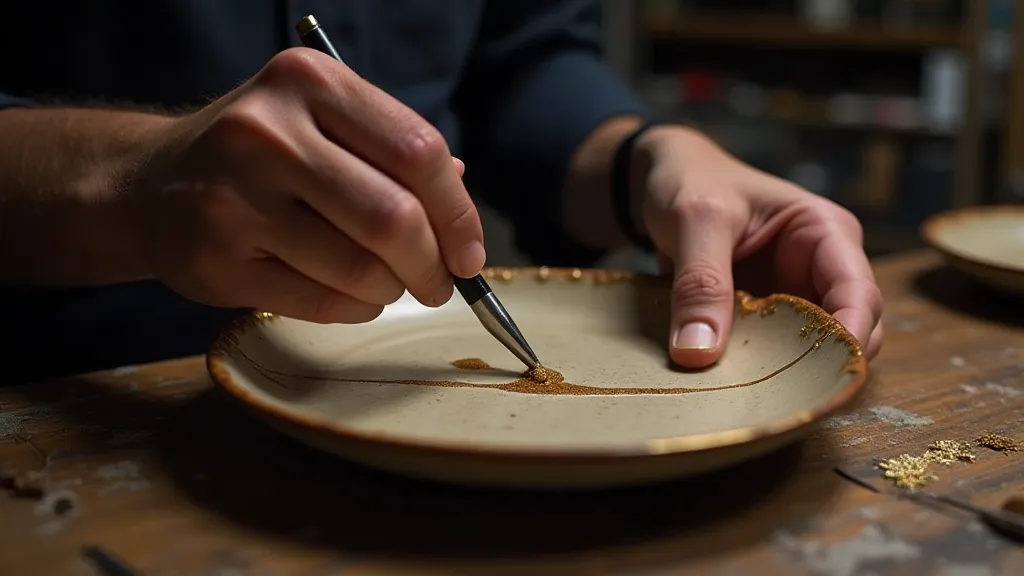
The Collector's Eye and the Human Heart
For those of us drawn to Kintsugi, the appeal often lies beyond the technical skill involved. There’s an emotional resonance, a recognition that something broken can be transformed into something beautiful, something even more valuable than before. Collectors of Kintsugi often aren't seeking perfection; they're seeking authenticity, a tangible representation of resilience and transformation.
The same holds true for relationships. We aren’t looking for people who have never experienced pain or hardship. We are drawn to those who have weathered storms, who have faced their flaws, and who have emerged stronger and more compassionate as a result. The "golden join" in a relationship isn’t just about mending what’s broken; it's about celebrating the journey, acknowledging the scars, and appreciating the unique beauty that arises from adversity.
My grandfather’s accordions, with their cracked bellows and missing keys, weren’t perfect instruments. But they held a profound beauty, a silent testament to a life lived with both joy and sorrow. And in their imperfections, I see a reflection of the human condition – the inevitability of breakage, the power of resilience, and the enduring beauty of a golden join.
Learning Kintsugi isn’t just about mastering a craft; it's about embracing a philosophy, a way of seeing the world with compassion and understanding. It’s about recognizing that our flaws, our scars, our brokenness, are not weaknesses, but rather, sources of strength, beauty, and connection.
